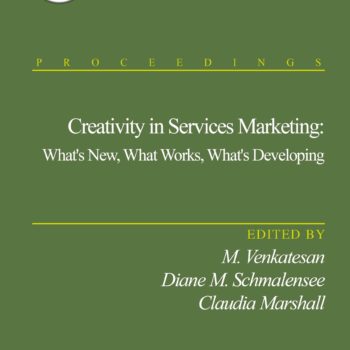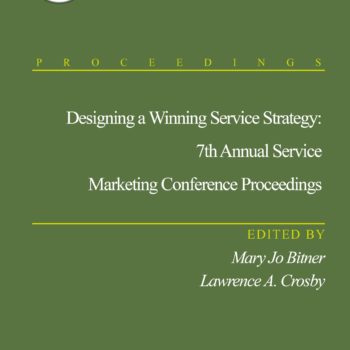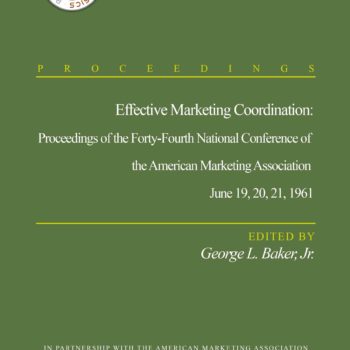Marketing Strategy Category
Children’s Television Advertising
In the early 1970s when there were cries for an outright ban of all advertising to children, the Federal Trade Commission introduced and strictly implemented the Action for Children’s Television (ACT). During this time, Children’s Television Advertising was written by Thomas E. Barry. This work put together most of the research of the time and presented it in one volume on children’s television advertising, of investigation, and enforcement in the field of marketing at a time when the ACT was enforced.









